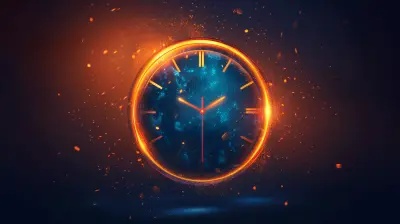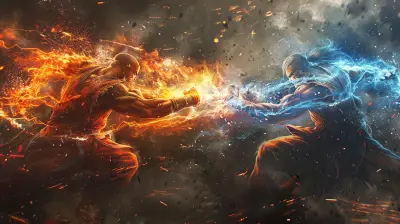Inside the Game: How Motion Capture Redefines PlayStation Exclusives
16 July 2025
Ever wonder how PlayStation exclusives manage to tug at your heartstrings or make every battle feel like you're right there, sword in hand? It’s not just impressive graphics or epic soundtracks—there’s a secret sauce behind the magic. That secret? Motion capture.
Motion capture, or “mo-cap” as the cool kids call it, has become the heartbeat of many PlayStation exclusives. It turns regular game characters into believable, emotionally complex individuals that players connect with on a whole new level. So grab a cup of coffee (or a controller) and let’s dive deep into how motion capture is pushing PlayStation storytelling into uncharted territory.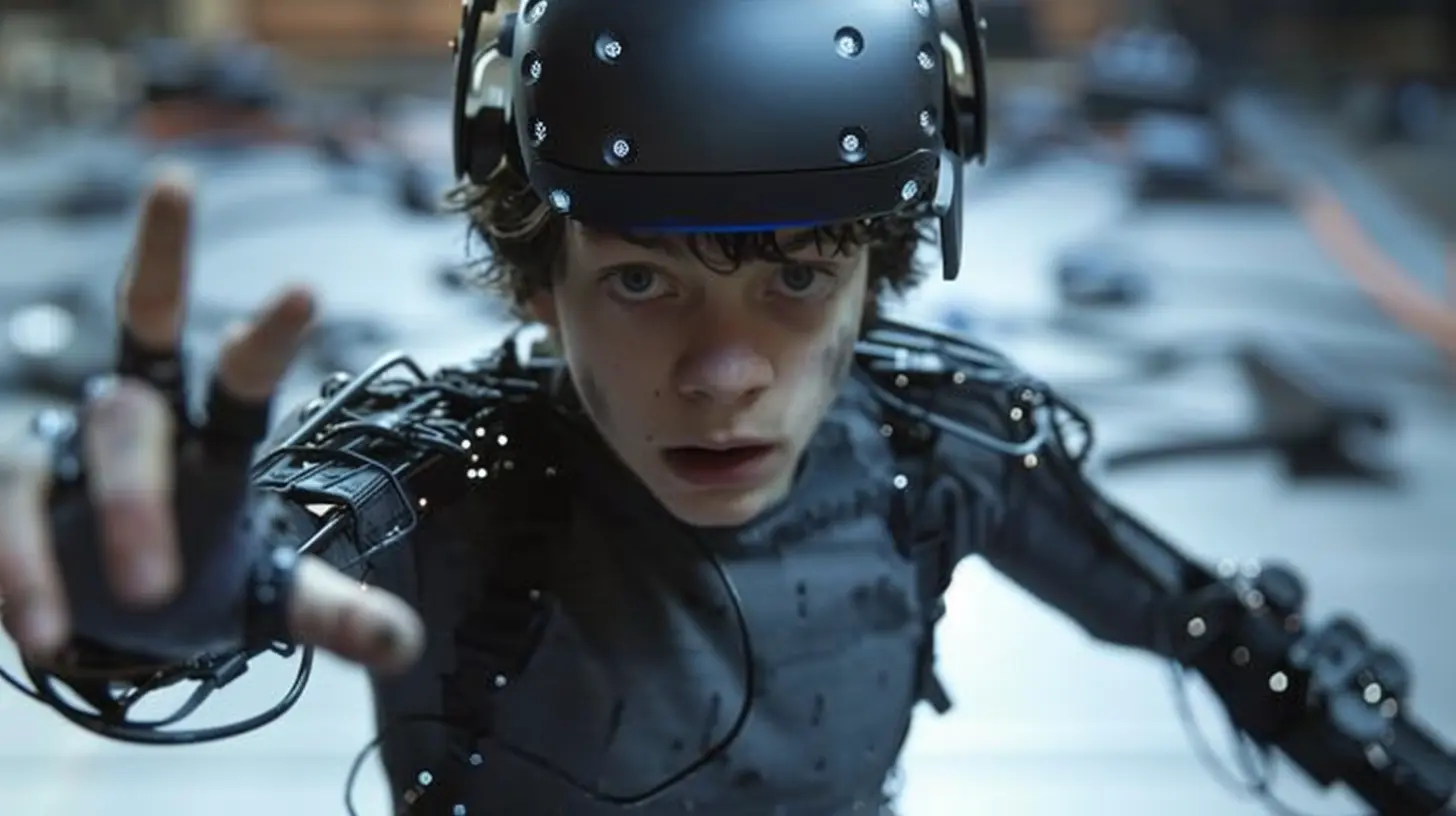
What is Motion Capture, Anyway?
Before we geek out, let’s start with the basics. Motion capture is a technology that records the movement of real people and translates those motions into digital animations. Picture an actor in a skin-tight suit dotted with tiny sensors, performing scenes like they would on a movie set. Those movements get captured by cameras and imported into game engines to animate 3D models with mind-blowing accuracy.But it’s not just about arms and legs. Modern mo-cap also captures facial expressions and voice, wrapping it all up with a bow called “performance capture.” That’s how we get characters that smirk, cry, laugh, and rage just like real humans. It’s like acting meets technology, blended into one immersive experience.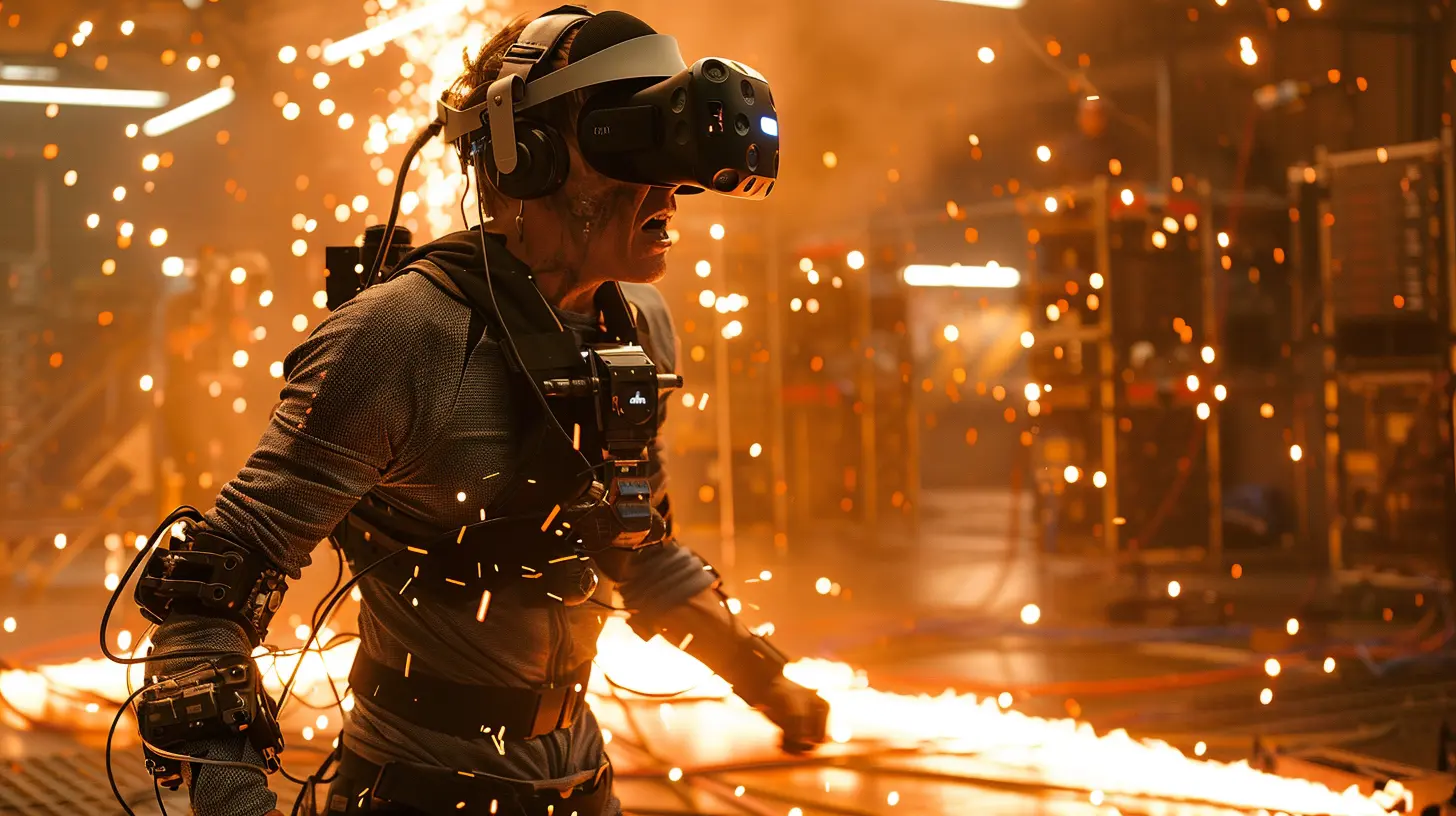
How PlayStation Became the Flagship for Motion Capture Drama
Let’s be real—Sony’s PlayStation studios are killing it when it comes to exclusives. From the gritty realism of The Last of Us to the mythological beauty of God of War, these games go beyond entertainment. They tell stories. And to tell powerful stories, you need powerful tools. That’s where motion capture enters the chat.Naughty Dog: Masters of Mo-Cap Storytelling
If you’ve played The Last of Us or Uncharted, you’ve seen motion capture at its finest. Naughty Dog, the studio behind these blockbusters, has set a new standard for cinematic gaming. Their use of performance capture turns a regular game cutscene into something Oscar-worthy.Remember Joel and Ellie’s emotional rollercoaster in The Last of Us? Yeah, that level of drama doesn't happen with basic animations. Actors like Troy Baker and Ashley Johnson actually performed those scenes on a mo-cap stage, bringing raw emotion that no joystick can manufacture.
Santa Monica Studio and the Evolution of Kratos
Think back to the early God of War days. Kratos was basically a walking anger machine. But in the 2018 reboot, he had depth, remorse, and—wait for it—empathy? That emotional transformation was only possible through performance capture. Christopher Judge, the actor behind Kratos, physically acted out every scene, his expressions and tone perfectly synced to the digital version.The result? A Kratos who didn't just grunt his way through Olympus but whispered wisdom to his son while battling inner demons. It’s not just a game anymore—it’s drama you live through.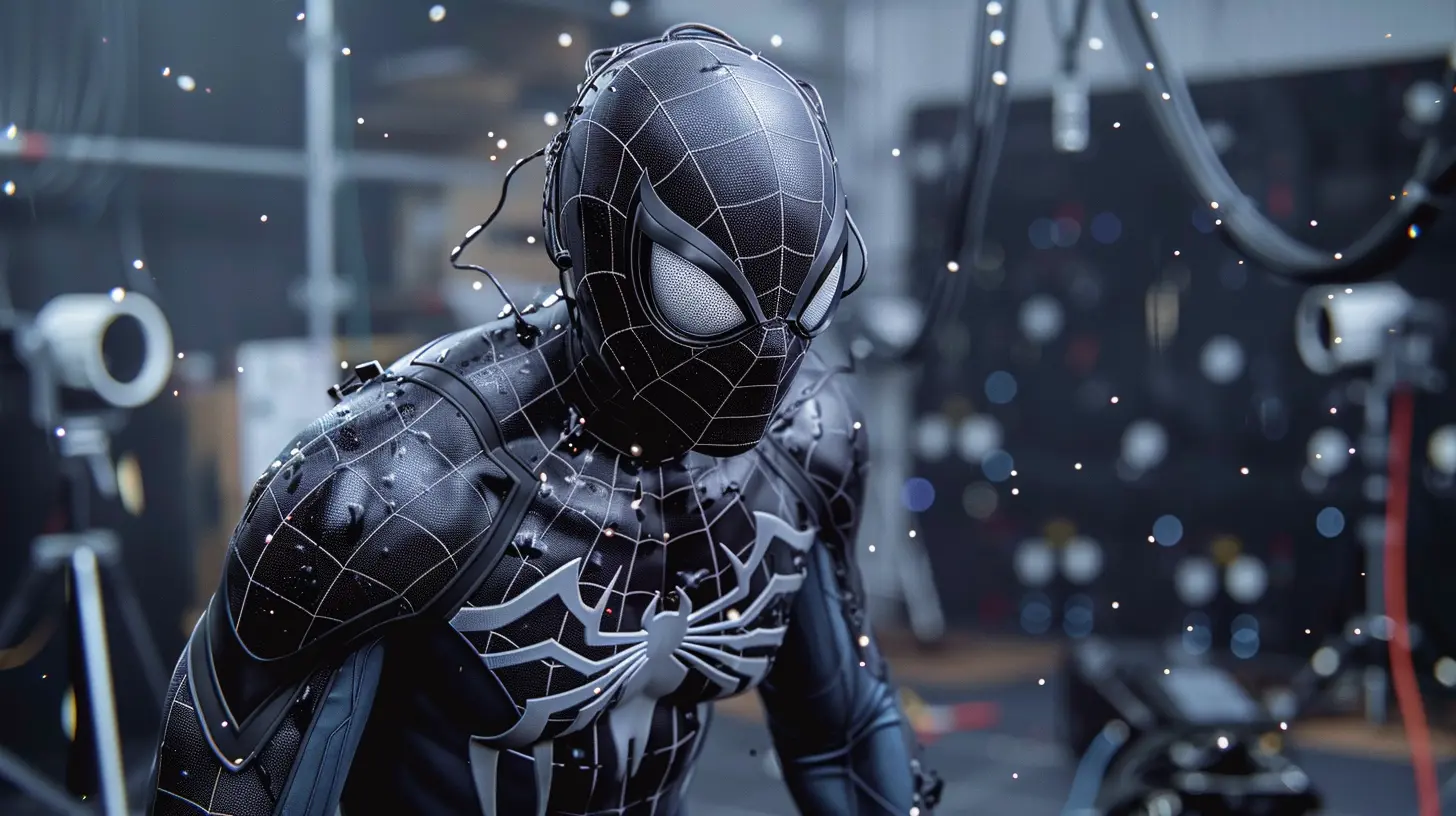
A Behind-the-Scenes Peek: The Mo-Cap Stage
Imagine a giant warehouse with gridlines on the floor, surrounded by cameras on all sides. Actors wear black suits covered in white markers, looking like high-tech ninjas. These markers are tracked by infrared cameras, recording every movement in 3D space.And guess what? There's usually no fancy set. Instead, actors work with foam blocks or props meant to “represent” the actual game environment. It’s like theater, but the audience is digital, and the final act ends up in your console.
Performance directors often guide actors, and everything—from body movement to the tiniest eyebrow lift—is captured. Voice recordings happen at the same time too, syncing emotions in real-time. It's pure magic meets sci-fi.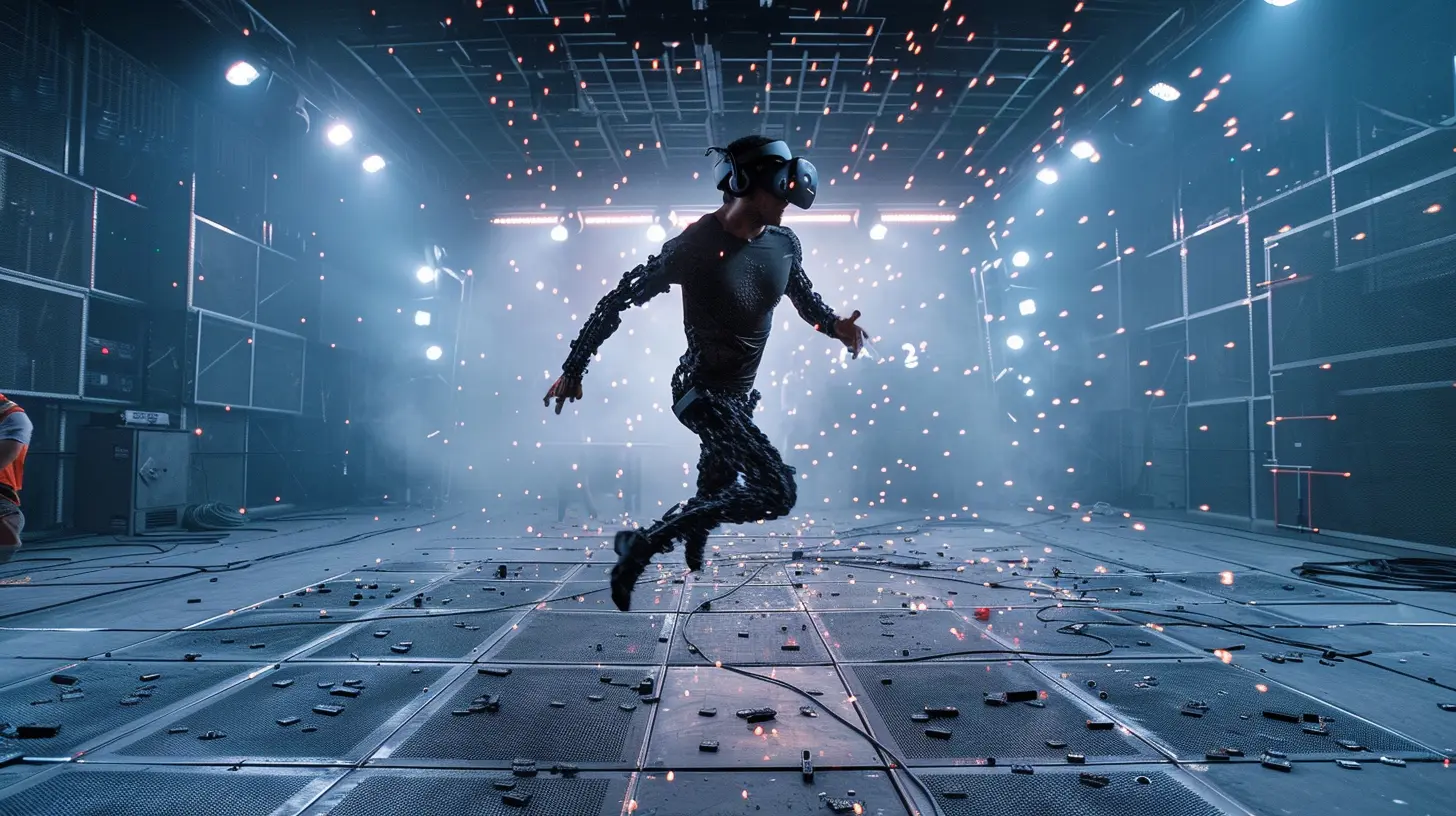
Why Motion Capture Matters for Storytelling
Okay, you might be thinking: “Why not just animate it the old-school way?” Fair question. Here’s the thing—traditional animation can be stiff and robotic. Sure, it’s improved over the years, but it still lacks the subtlety of human movement.Real Emotion, Real Impact
Take a love scene or a tense argument. Animating those from scratch without mo-cap would be like trying to paint the Mona Lisa with a broomstick. Motion capture brings authenticity. You can feel the hesitation in a hug or the relief in a character’s sigh. In emotional scenes, this realism makes all the difference.Immersion at its Peak
Mo-cap makes players feel like they're part of the story. When characters move and react as real people do, it breaks the walls between you and the game world. You’re not just playing—you’re participating. It’s that extra touch that turns a good game into a lifetime memory.Iconic PlayStation Exclusives Elevated by Motion Capture
Let’s highlight the games that raised the bar and showed the world how mo-cap could redefine interactive storytelling.1. The Last of Us Series
From start to finish, this is a masterclass in performance capture. Every whisper, scream, and expression carries weight. And because it’s all acted out in real-time, the emotional pacing feels natural.That doesn’t just make the characters believable—it makes them unforgettable.
2. Horizon Zero Dawn & Horizon Forbidden West
Aloy’s journey through post-apocalyptic landscapes is filled with wonder and curiosity. Thanks to actress Ashly Burch and motion capture tech, Aloy feels like a real person exploring a real world. Her mannerisms, combat stances, even how she breathes mid-sprint—all authentic.3. Ghost of Tsushima
Sucker Punch took a bold step with this one. They worked with martial artists, historians, and mo-cap experts to nail the combat and cultural authenticity. Whether it’s the elegance of a katana duel or a subtle bow to fallen foes, the movement feels poetic.The Tech Behind the Magic
So, what’s under the hood? Modern motion capture uses an array of tools, like:- Vicon Cameras – They track motion with high precision.
- Facial Capture Rigs – These include head-mounted cameras to capture micro-expressions.
- Mo-Cap Suits – Stretchy suits embedded with sensors that map out the body’s movement in 3D.
- MotionBuilder Software – Helps translate all this data into something game developers can work with.
Sony even has its own in-house mo-cap studios, allowing their teams to cycle between directing, acting, and capturing performances all under one creative roof. That tight integration leads to cohesive storytelling unlike anything else on the market.
The Human Side of the Digital World
One thing that often gets overlooked? The actors.Acting for mo-cap isn’t easy. You’re jumping around in a sensor-laden suit, pretending to fight monsters or cry over imaginary losses—all while surrounded by camera rigs and green screens. There’s no set, no costume, and often no context. Yet, these performers bring unforgettable stories to life with pure creativity and raw talent.
They deserve props, not just for playing the characters, but for becoming them.
Mo-Cap’s Future in PlayStation Gaming
Now that PS5 is in full swing, the future of motion capture looks brighter (and more detailed) than ever. With technologies like real-time rendering, AI-enhanced animations, and deeper machine learning integrations, mo-cap performances are becoming even more lifelike.Think about it—games might soon offer branching narratives where performances adapt in real-time to your decisions. We’re talking about games that respond not just with dialogue choices, but with real emotion.
And let’s not forget VR. Combine motion capture with virtual reality, and we're looking at a future where players aren’t just watching stories unfold—they’re stepping into them.
Conclusion: Motion Capture is the Soul Behind the Controller
Motion capture isn't just a nifty tool—it’s a storytelling revolution. PlayStation exclusives have embraced this evolution, delivering characters with heart, stories with depth, and worlds that genuinely feel alive.It’s changed how we play, how we connect, and how we remember the games we love. And honestly? We wouldn’t want it any other way.
Because in the end, the best stories aren’t just seen or heard—they’re felt. And that’s exactly what motion capture brings to the PlayStation table.
all images in this post were generated using AI tools
Category:
Playstation ExclusivesAuthor:

Jack McKinstry
Discussion
rate this article
1 comments
Amos Pace
Motion capture: making our favorite characters come alive!
July 28, 2025 at 2:37 AM

Jack McKinstry
Absolutely! Motion capture breathes life into characters, enhancing storytelling and immersion in PlayStation exclusives.
